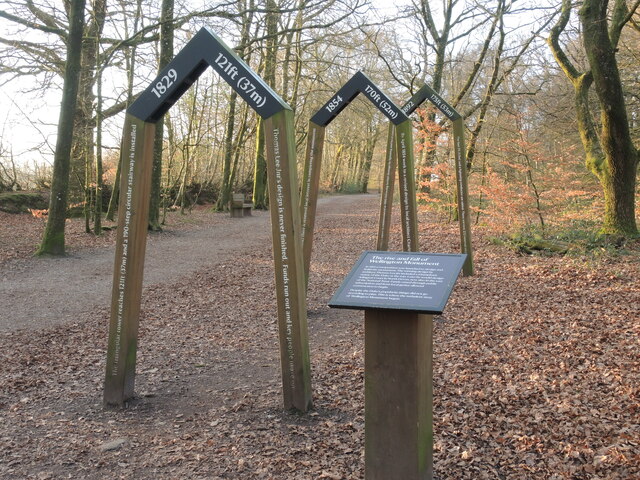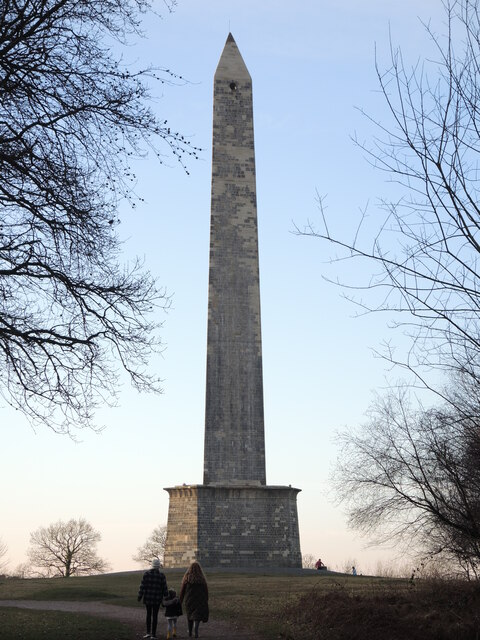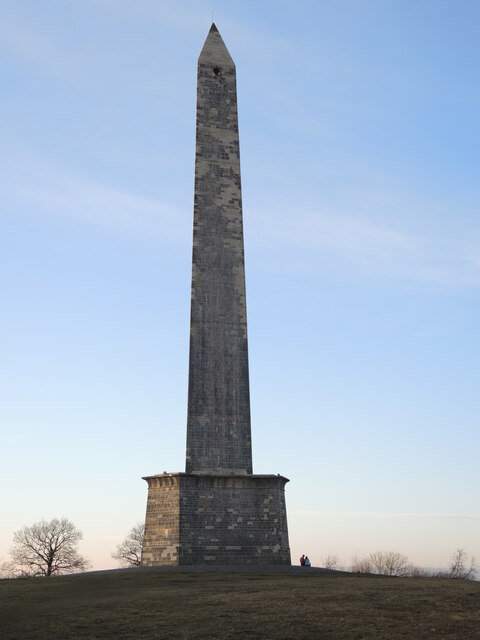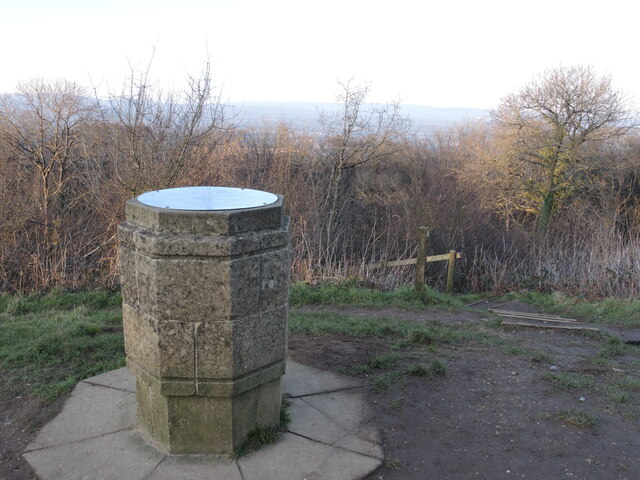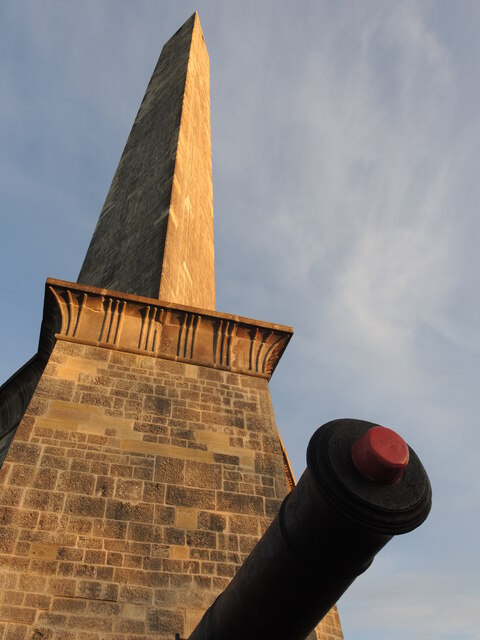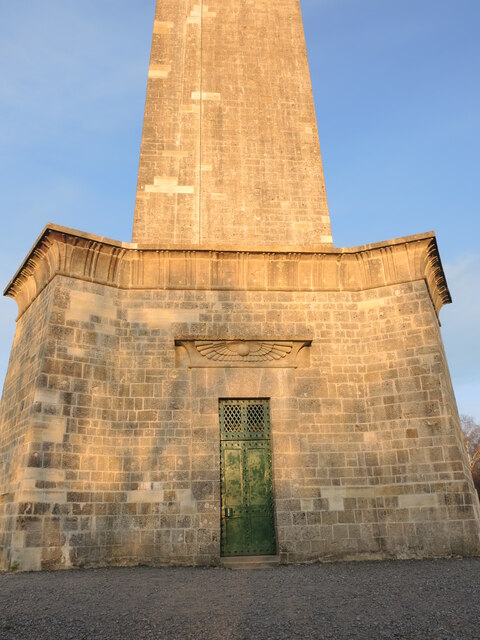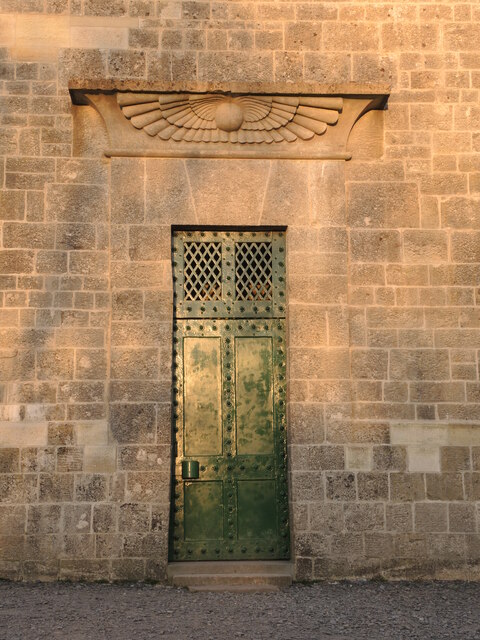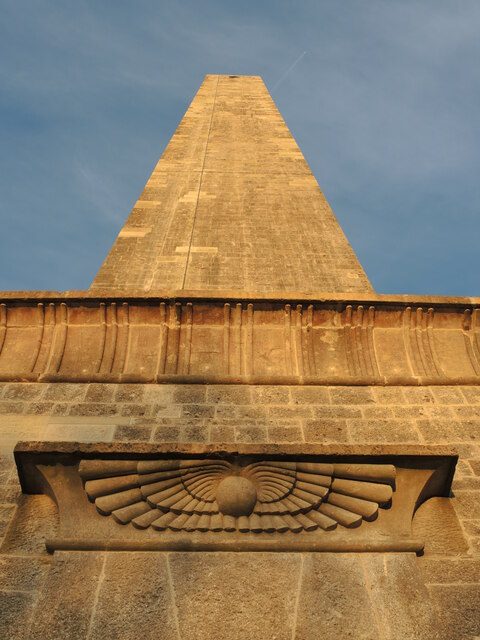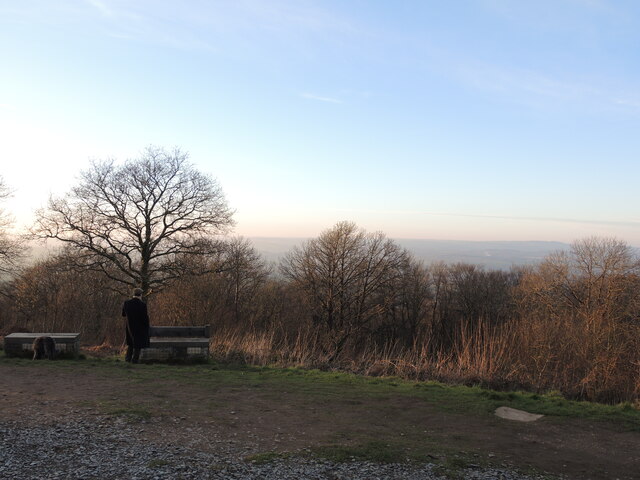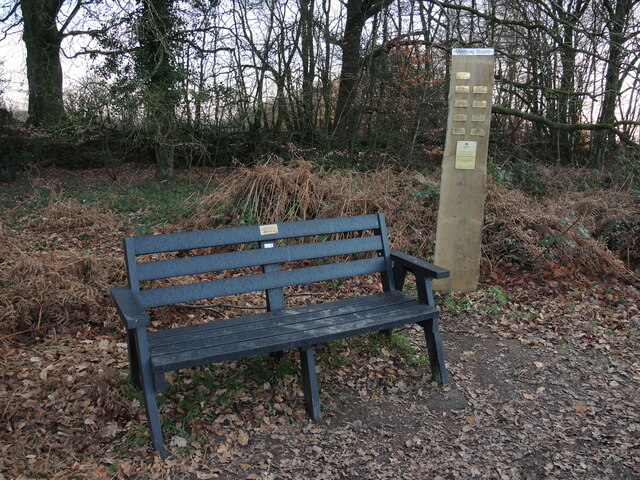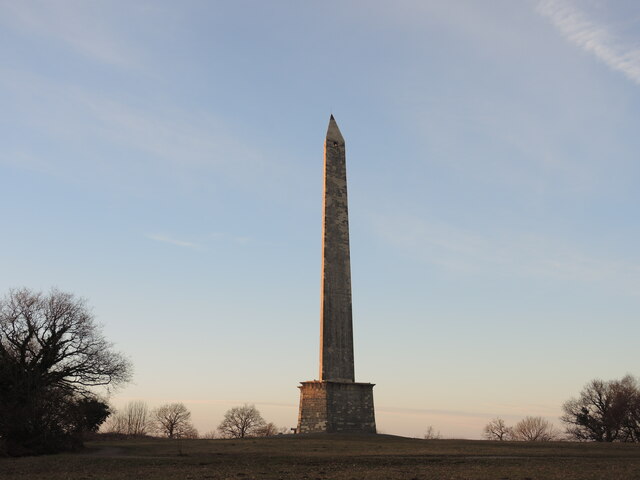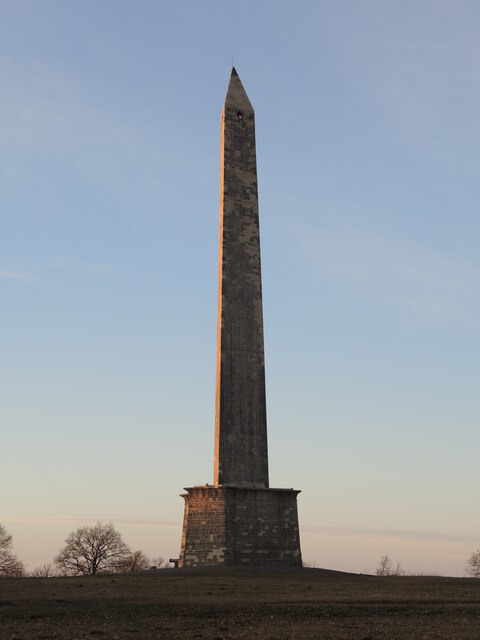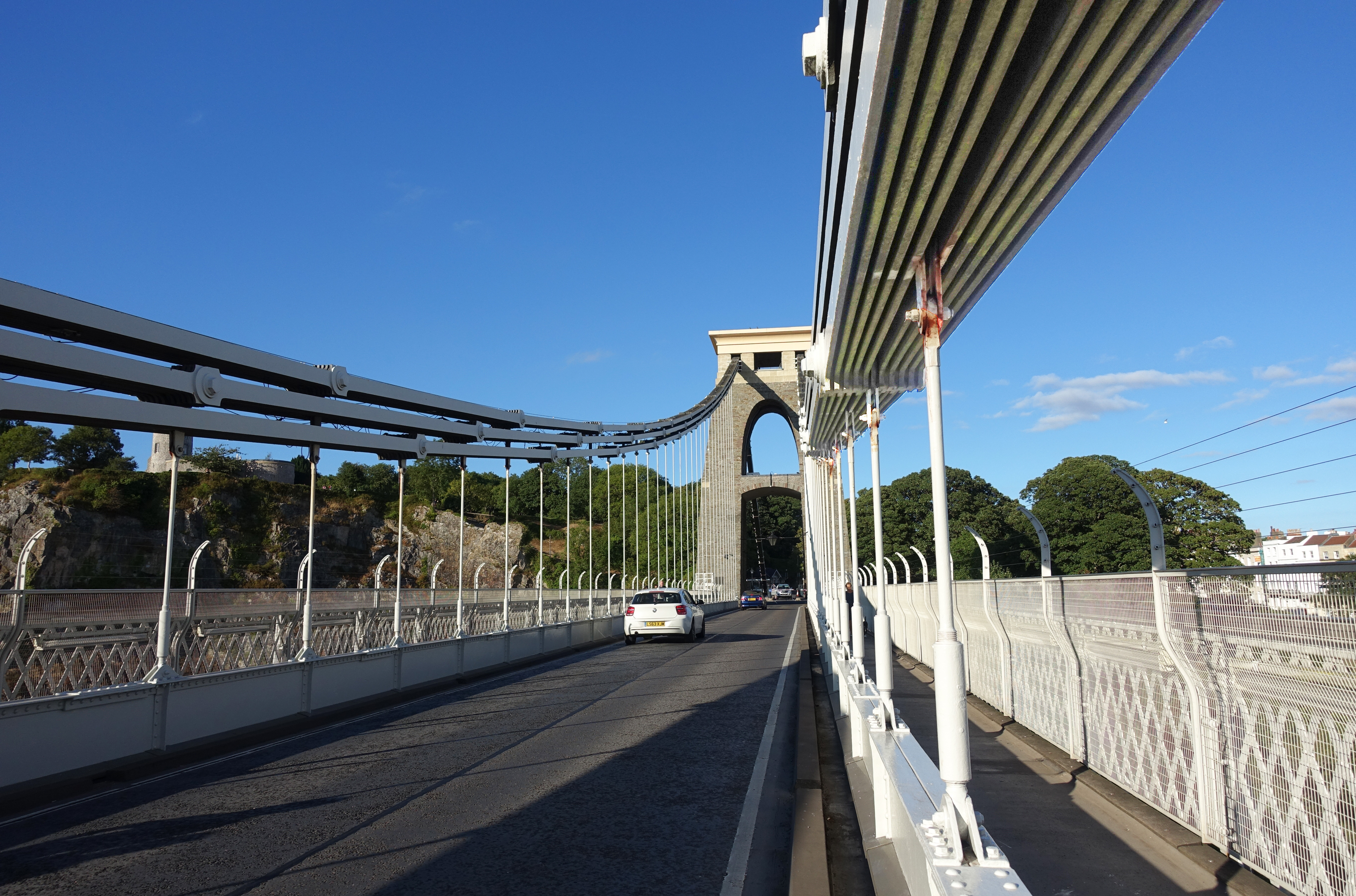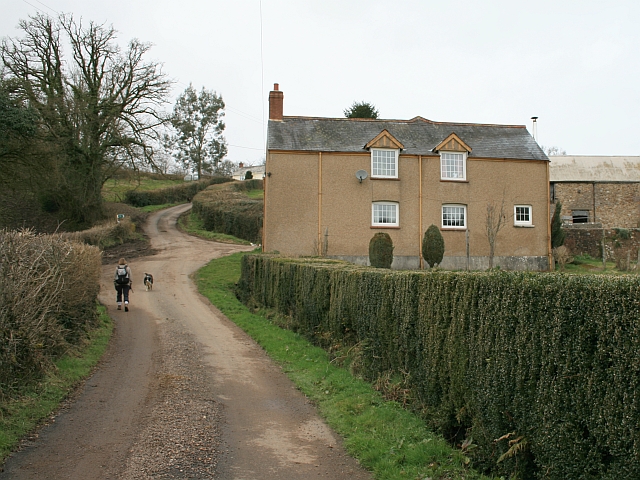Wellington Hill
Hill, Mountain in Somerset Somerset West and Taunton
England
Wellington Hill
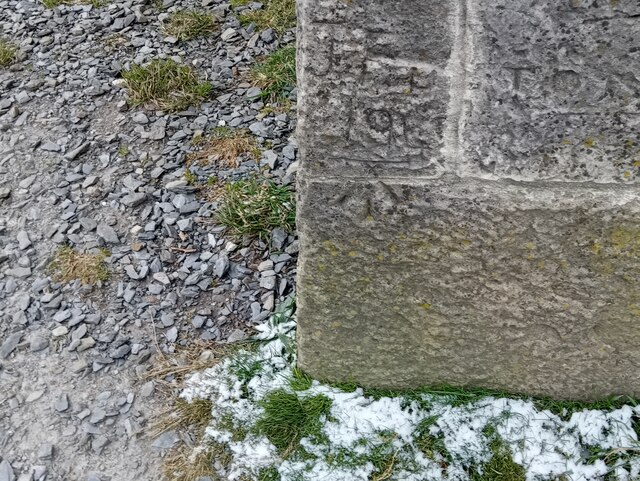
Wellington Hill is a prominent landmark located in Somerset, England. It is part of the wider landscape of the Blackdown Hills Area of Outstanding Natural Beauty. Rising to an elevation of approximately 288 meters (945 feet), Wellington Hill is considered one of the highest points in the region, offering breathtaking panoramic views of the surrounding countryside.
Covered in a rich tapestry of vegetation, the hill is predominantly characterized by its lush green fields, interspersed with woodlands and hedgerows. The diverse flora and fauna found on Wellington Hill contribute to its ecological significance, providing habitats for a wide range of species.
Wellington Hill also has historical significance, with evidence of human activity dating back thousands of years. The hill boasts several ancient archaeological sites, including burial mounds and earthworks, which offer a glimpse into the area's past.
Visitors to Wellington Hill can enjoy a variety of outdoor activities, such as hiking and nature walks. There are well-maintained trails that lead to the summit, allowing visitors to marvel at the stunning vistas along the way. The hill is also a popular spot for birdwatching, as it provides an excellent vantage point to observe a variety of avian species.
The proximity of Wellington Hill to the town of Wellington further adds to its appeal, allowing visitors to easily access amenities and services. Whether it's for its natural beauty, historical significance, or recreational opportunities, Wellington Hill remains a cherished destination for both locals and tourists alike.
If you have any feedback on the listing, please let us know in the comments section below.
Wellington Hill Images
Images are sourced within 2km of 50.948003/-3.2291203 or Grid Reference ST1317. Thanks to Geograph Open Source API. All images are credited.
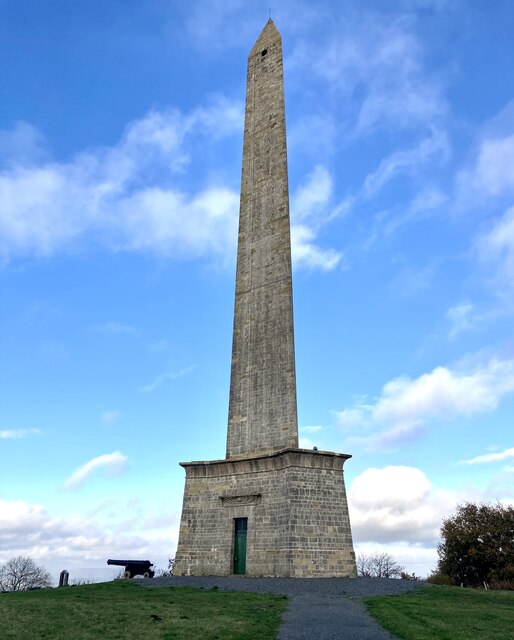
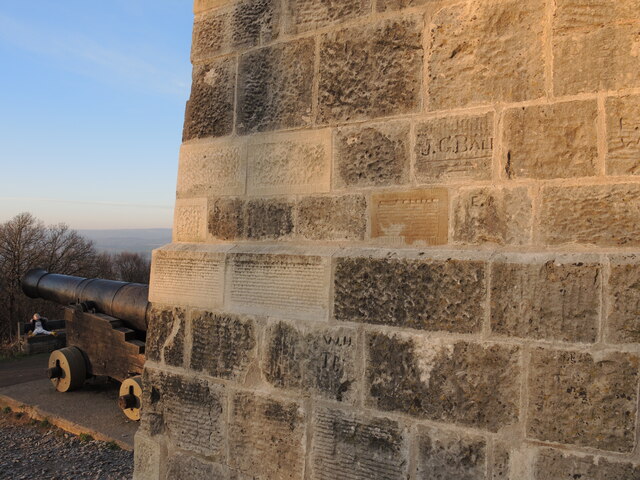
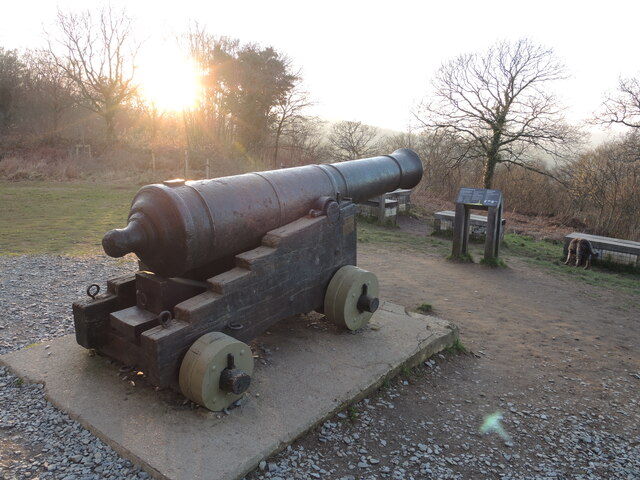
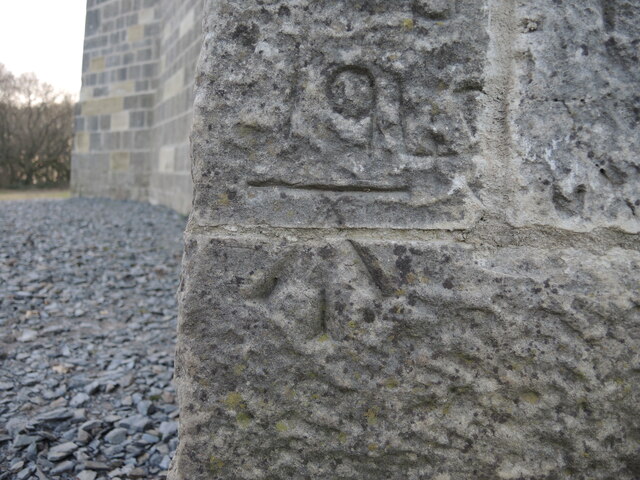
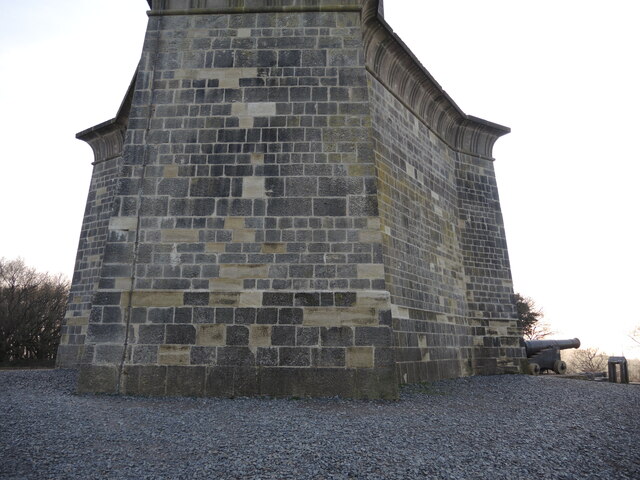
Wellington Hill is located at Grid Ref: ST1317 (Lat: 50.948003, Lng: -3.2291203)
Administrative County: Somerset
District: Somerset West and Taunton
Police Authority: Avon and Somerset
What 3 Words
///inserted.meal.presumes. Near Hemyock, Devon
Related Wikis
Wellington Monument, Somerset
The Wellington Monument is a 175-foot-high (53 m) triangular obelisk located on a point of the Blackdown Hills, 3 km (1.9 miles) south of Wellington in...
Blackdown Hills
The Blackdown Hills are a range of hills along the Somerset-Devon border in south-western England, which were designated an Area of Outstanding Natural...
Wellington Rural District, Somerset
Wellington was a rural district in Somerset, England, from 1894 to 1974. It was created in 1894 under the Local Government Act 1894. In 1974 it was abolished...
Wellington Without
Wellington Without is a civil parish in Somerset, England. It lies south of Wellington and has a population of 727. The parish includes the hamlet of Ford...
South West England
South West England, or the South West of England, is one of the nine official regions of England in the United Kingdom. It consists of the counties of...
Black Down and Sampford Commons
Black Down and Sampford Commons (grid reference ST118161) is a 155.2-hectare (384-acre) biological Site of Special Scientific Interest in Devon and Somerset...
Culm Davy
Culm Davy is a historic manor and present-day hamlet within the parish of Hemyock in Devon. == History == The estate of Cumbe is listed in the Domesday...
Ashculme
Ashculme is a village in Devon, England.
Nearby Amenities
Located within 500m of 50.948003,-3.2291203Have you been to Wellington Hill?
Leave your review of Wellington Hill below (or comments, questions and feedback).
